Our cities reach ever higher into the clouds, with magnificent structures pushing engineering and architectural design boundaries. These vertical masterpieces serve as office spaces and residential havens, symbolizing human achievement and urban progress.
From the heart of Asia to the shores of North America, these architectural giants have transformed their cities’ identities and redefined what’s possible in modern construction.
Burj Khalifa, Dubai
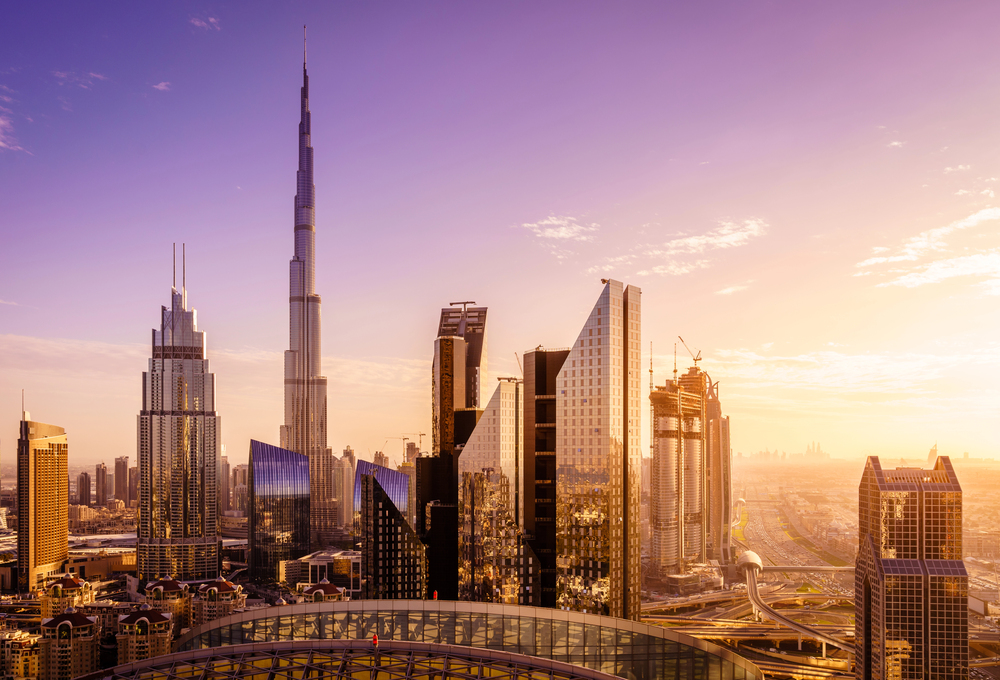
Standing proudly at 2,717 feet, the Burj Khalifa reigns as the world’s tallest building and Dubai’s crown jewel. This architectural marvel combines cutting-edge engineering with Islamic architectural elements, creating a structure that seems to pierce the desert sky.
Its Y-shaped plan maximizes views of the Arabian Gulf, while its spinning form helps reduce wind forces on the tower.
Shanghai Tower, China

Soaring 2,073 feet, the Shanghai Tower is a testament to China’s economic prowess and technological advancement. Its glass facade twists elegantly around the building’s core, reducing wind forces by 24% and showcasing sustainable design principles.
The double-layer glass facade creates a unique thermal buffer zone, significantly reducing energy consumption.
Like Travel Pug’s content? Follow us on MSN.
Abraj Al-Bait Clock Tower, Saudi Arabia
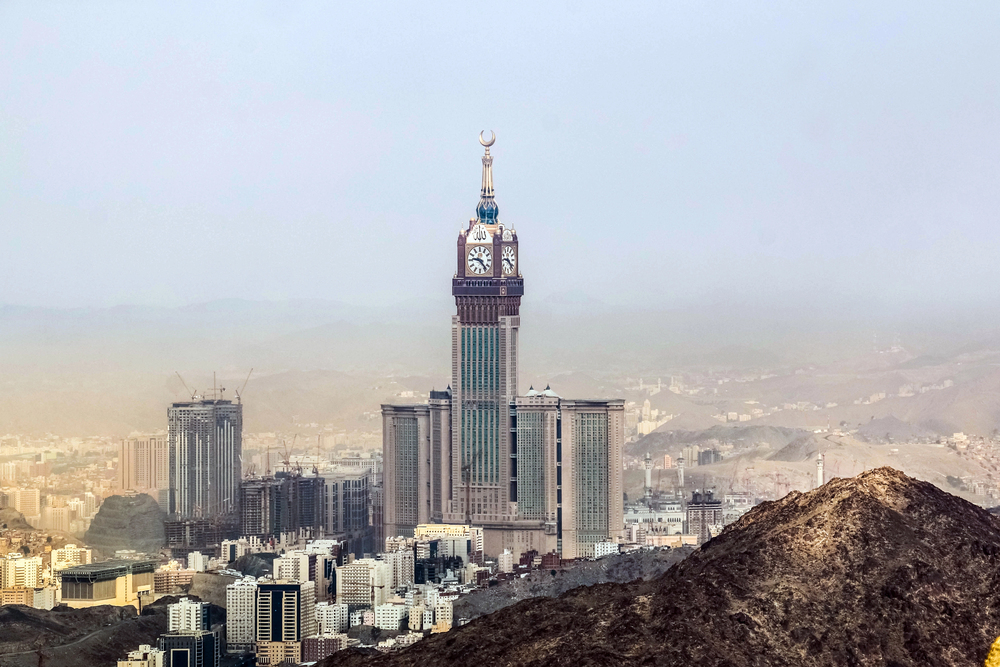
Rising 1,972 feet above the holy city of Mecca, the Abraj Al-Bait Clock Tower complex serves both spiritual and practical purposes. The tower’s distinctive clock face, visible from 15 miles away, helps millions of pilgrims maintain their prayer schedules.
The building’s design incorporates traditional Islamic architectural elements while providing modern amenities for visitors.
Ping An Finance Center, China
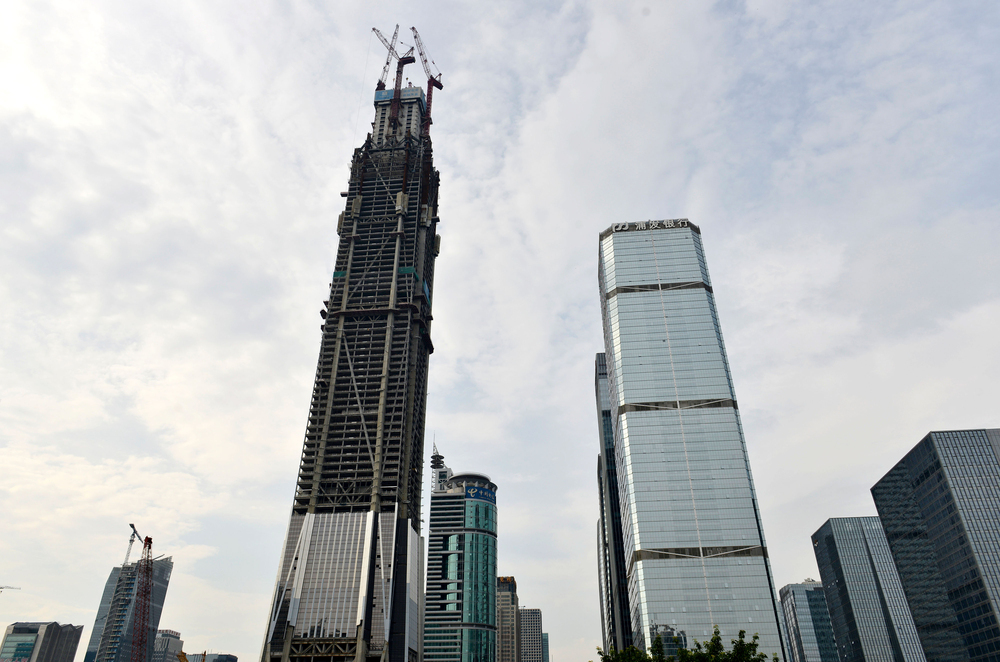
The 1,965-foot-tall Ping An Finance Center is an example of how Shenzhen transformed from a fishing village into a global financial hub. Its sleek glass and steel facade features chevron-shaped columns, enhancing its structural integrity and aesthetic appeal.
The sophisticated elevator system can take visitors from ground level to the observation deck in less than a minute.
Lotte World Tower, South Korea
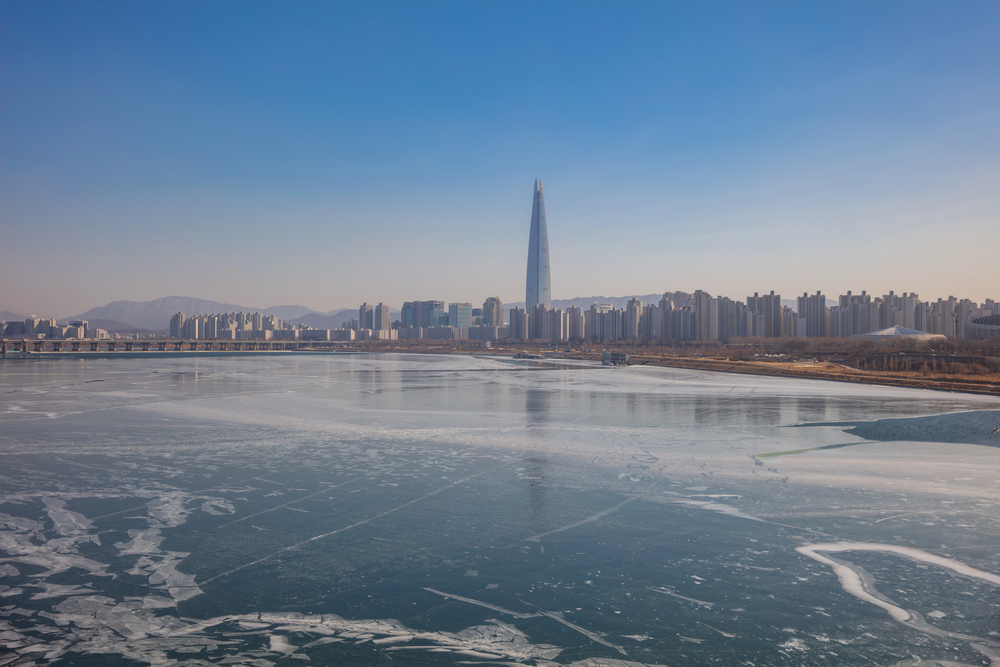
Traditional Korean art and cultural elements inspire Seoul’s 1,819-foot Lotte World Tower. Its smooth curves reference the elegant lines of traditional Korean ceramics and calligraphy.
The tower’s tapered form and gentle curves help minimize wind loads while creating an instantly recognizable profile on the city’s skyline.
Like Travel Pug’s content? Follow us on MSN.
One World Trade Center, USA
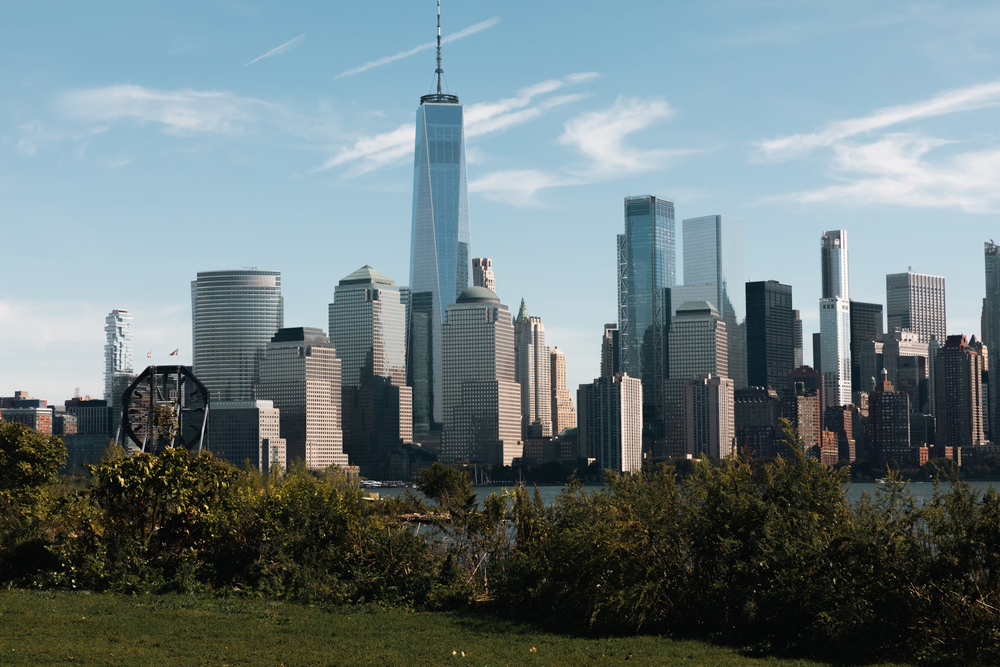
Standing exactly 1,776 feet tall, One World Trade Center symbolizes America’s resilience and renewal. The tower’s prismatic glass facade reflects the sky and surrounding city, while its height commemorates the year of American independence.
Its robust structure incorporates unprecedented safety features while maintaining an elegant, timeless design.
Guangzhou CTF Finance Centre, China
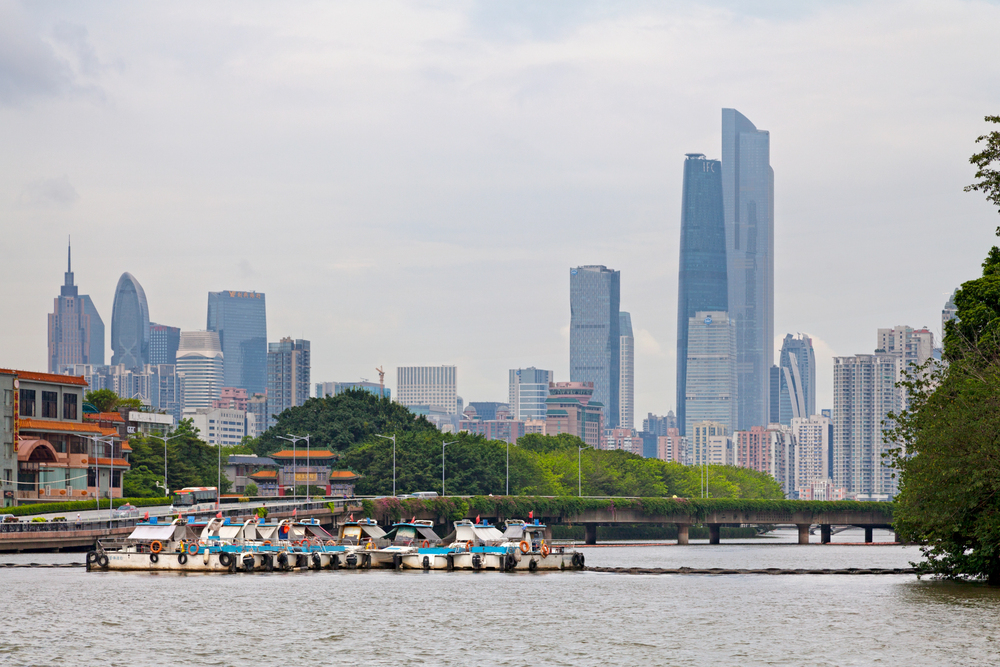
Rising 1,739 feet into the sky, the CTF Finance Centre features a multi-faceted glass facade that creates ever-changing patterns of light and shadow. The tower’s design incorporates setbacks as it rises, providing natural terraces and reducing wind forces.
Its efficient floor plates and advanced elevator system make it a model of modern commercial architecture.
Tianjin CTF Finance Centre, China
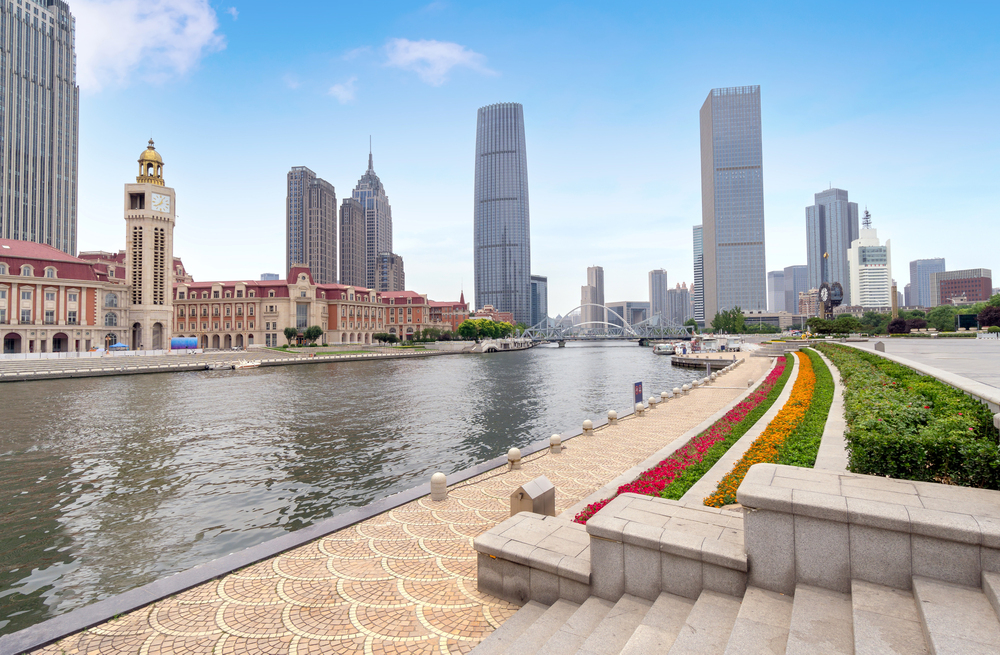
At 1,739 feet, this tower mirrors its Guangzhou counterpart in height but offers its unique architectural expression. The building’s crystalline facade panels create a sophisticated play of light while serving to reduce solar heat gain.
Its streamlined form and careful attention to detail make it a standout feature of Tianjin’s rapidly evolving skyline.
Like Travel Pug’s content? Follow us on MSN.
China Zun, Beijing
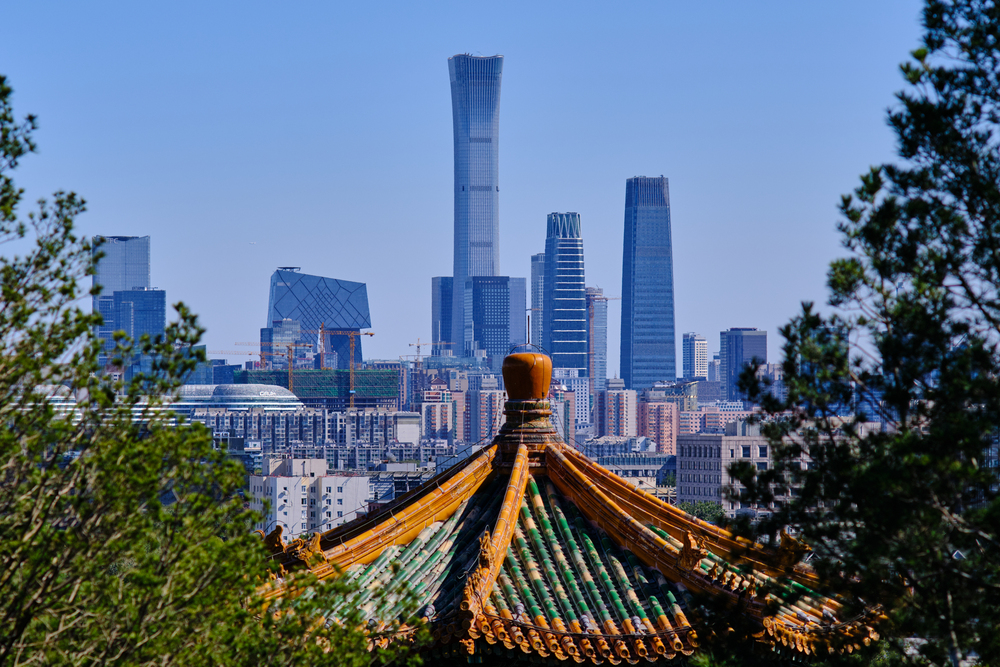
Reaching 1,732 feet, the China Zun takes its name and form from an ancient Chinese wine vessel. The tower’s distinctive shape features a narrowed waist and flared top, creating a modern interpretation of traditional Chinese design elements.
Its advanced damping system ensures occupant comfort even in high winds.
Taipei 101, Taiwan
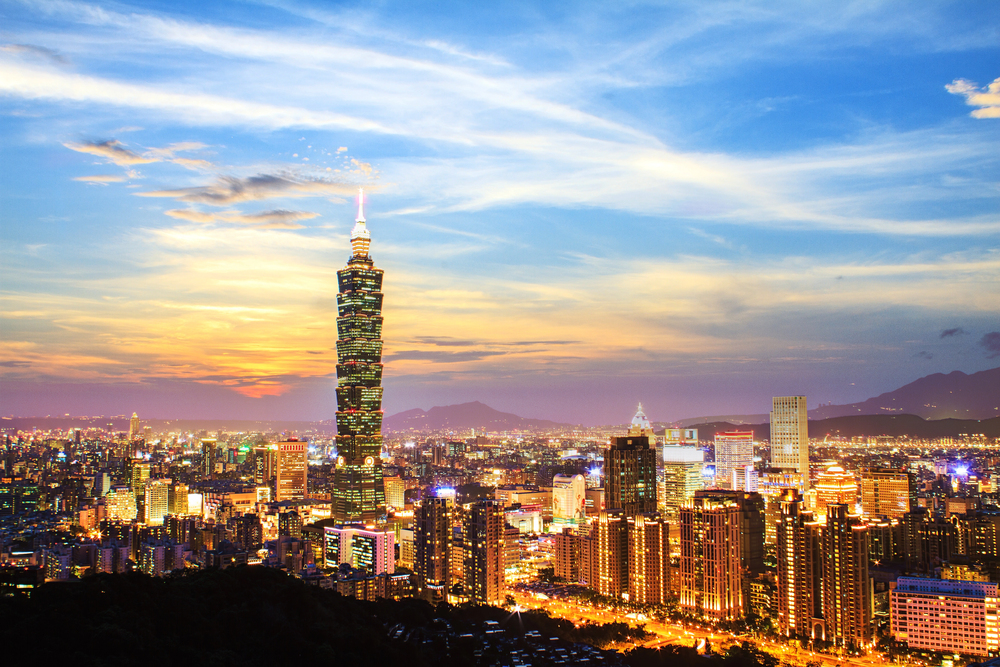
Standing 1,671 feet tall, Taipei 101 incorporates traditional Chinese architecture with modern engineering. The tower’s distinctive bamboo-like segments reference Chinese number symbolism while helping to manage wind forces.
Its massive tuned mass damper, visible to visitors, has become a tourist attraction in its own right.
Shanghai World Financial Center, China
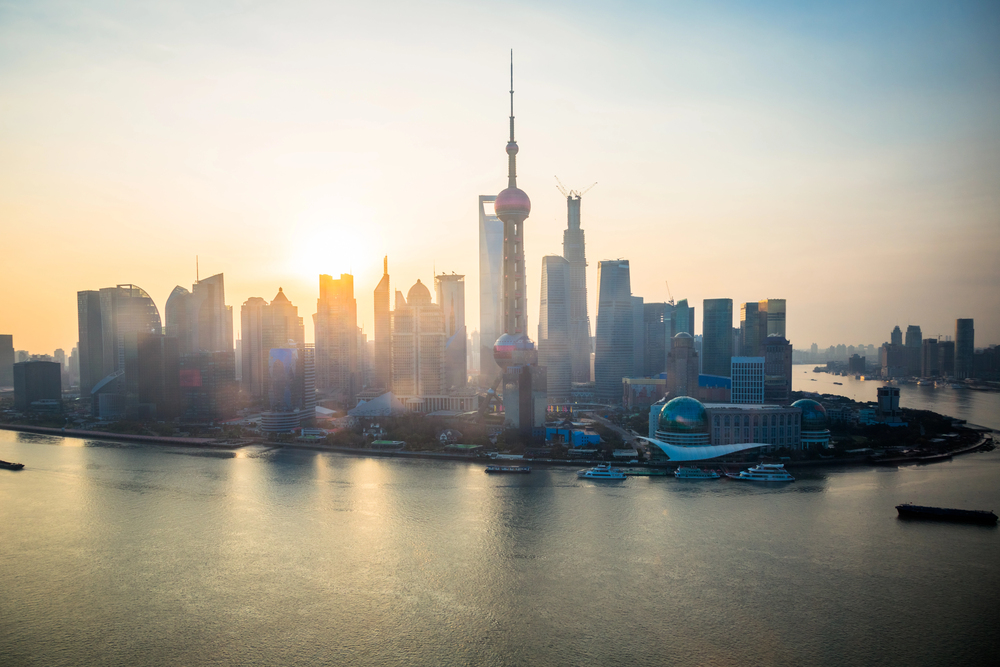
Rising 1,614 feet, this tower’s most distinctive feature is its trapezoid aperture at its peak. The opening serves practical and aesthetic purposes, reducing wind forces while creating an iconic silhouette.
Its mixed-use design integrates office space, hotel rooms, and public observation areas.
Like Travel Pug’s content? Follow us on MSN.
International Commerce Centre, Hong Kong
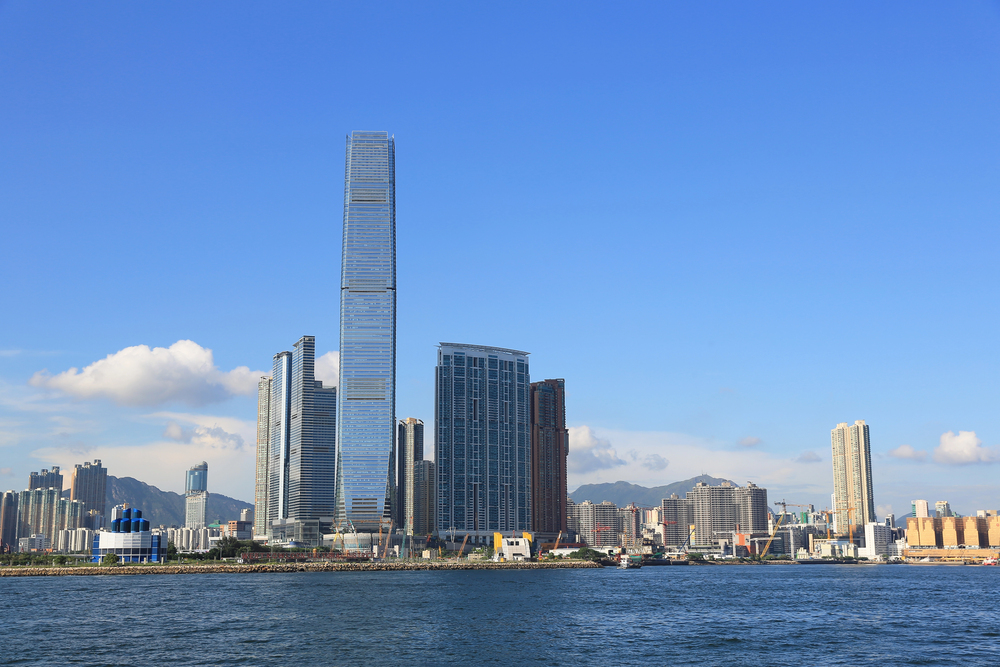
At 1,588 feet, the ICC anchors Hong Kong’s skyline and serves as a gateway to Victoria Harbour. The tower’s clean lines and elegant proportions create a timeless presence on the waterfront.
Its energy-efficient design and advanced building systems make it a model of sustainable super-tall construction.
Central Park Tower, USA
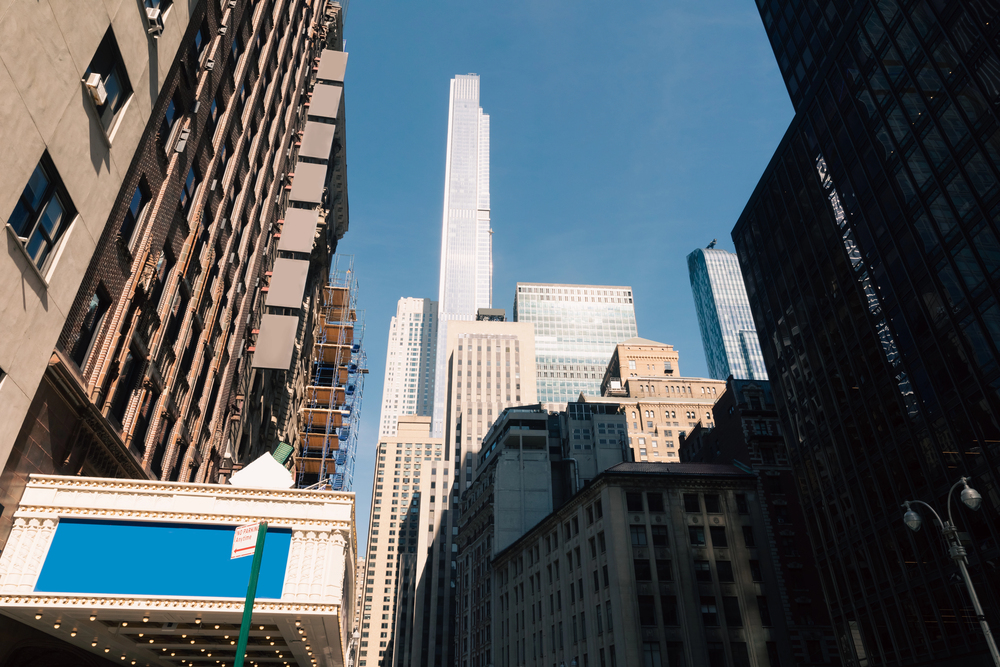
Rising 1,550 feet above Manhattan, Central Park Tower represents the pinnacle of luxury residential architecture. The building’s slender profile and crystalline facade maximize views while maintaining structural integrity.
Its cantilevers and setbacks create unique interior spaces, contributing to its distinctive silhouette.
Lakhta Center, Russia
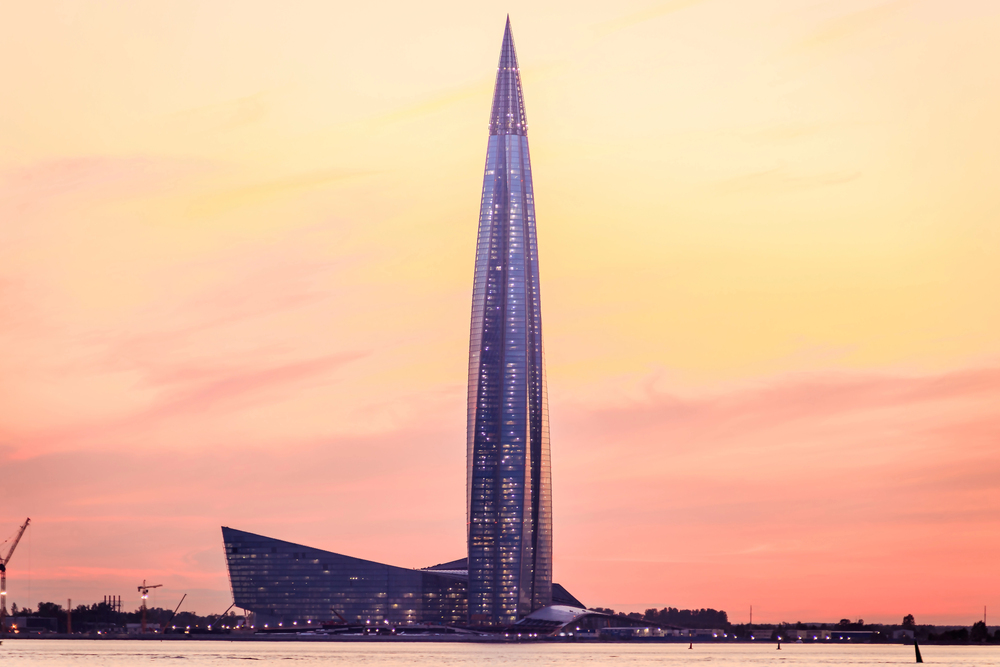
Standing 1,516 feet tall, St. Petersburg’s Lakhta Center is inspired by a Gothic spire, incorporating modern technological innovations. The tower’s five-sided form creates ever-changing perspectives as one moves around it.
Its double-skin facade system helps manage the extreme temperature variations of the Russian climate.
Like Travel Pug’s content? Follow us on MSN.
Landmark 81, Vietnam
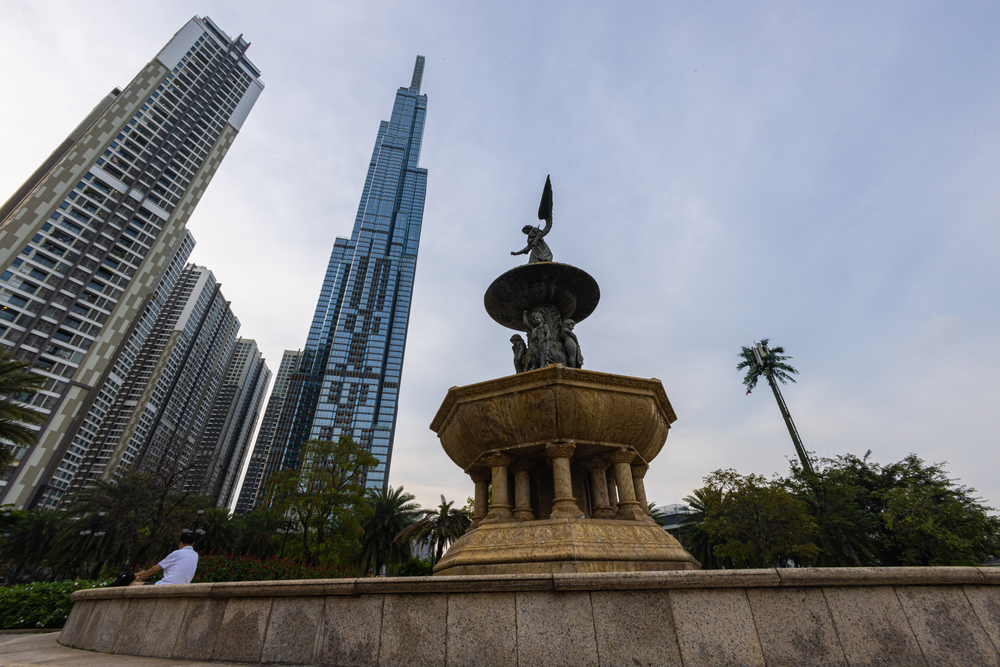
At 1,513 feet, Ho Chi Minh City’s Landmark 81 symbolizes Vietnam’s rapid economic growth and modernization. The tower’s design evokes a bundle of bamboo shoots, referencing traditional Vietnamese imagery.
Its faceted facade creates visual interest while helping to manage solar gain in the tropical climate.
Emirates Tower One, Dubai
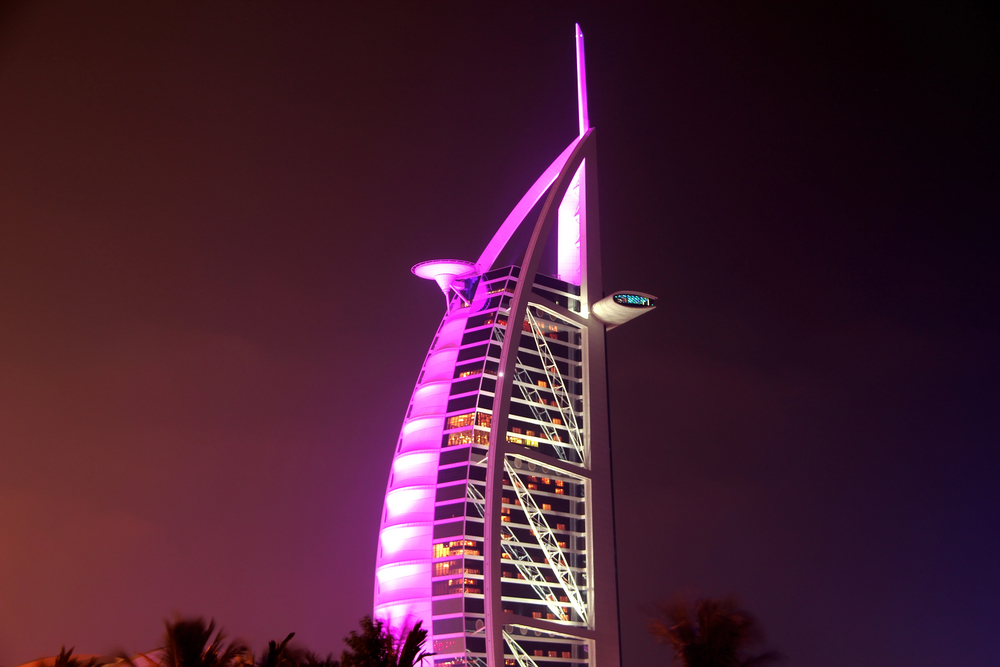
Rising 1,437 feet, Emirates Tower One features a distinctive triangular shape that minimizes solar gain while creating efficient floor plates. The tower’s aluminum and glass facade incorporates traditional Islamic patterns in a modern interpretation.
Its sister tower creates a dramatic gateway to Dubai’s financial district.
Petronas Towers, Malaysia
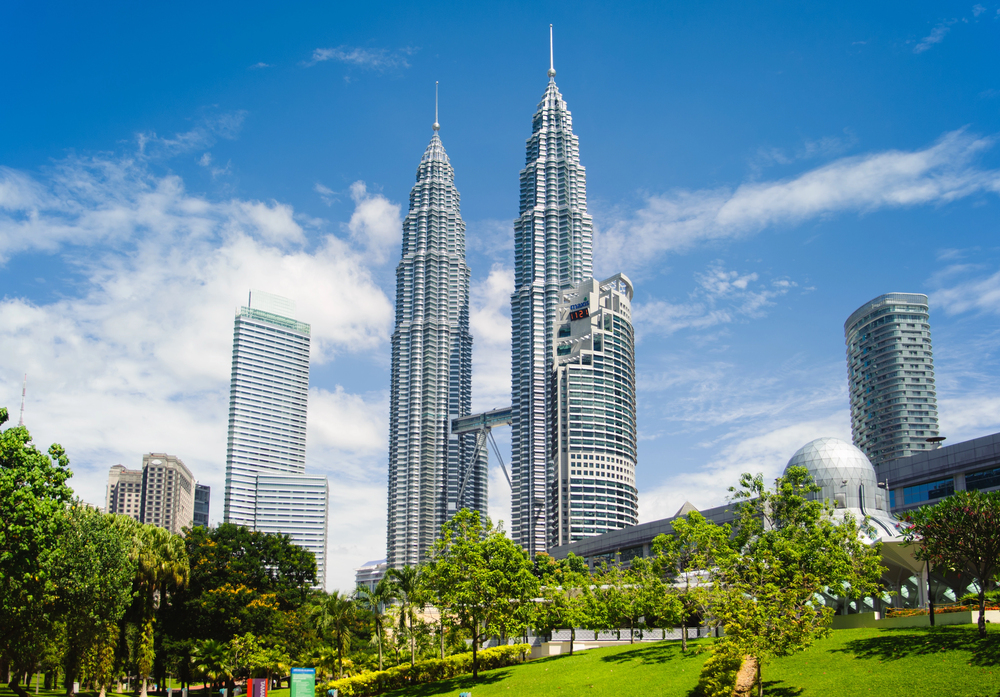
These iconic twin towers, each 1,483 feet tall, showcase Malaysia’s emergence as a global economic player. Their distinctive shape draws inspiration from Islamic geometric patterns and traditional Malaysian motifs.
The sky bridge connecting the towers at the 41st and 42nd floors has become a symbol of architectural innovation.
Like Travel Pug’s content? Follow us on MSN.
Willis Tower, USA
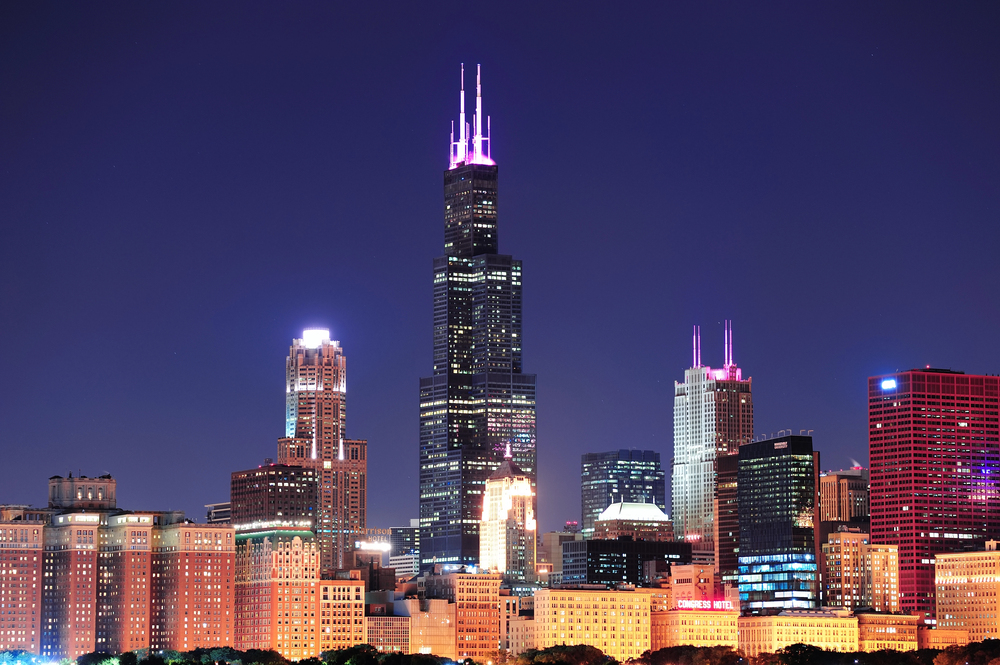
Standing 1,451 feet tall, the former Sears Tower remains an icon of Chicago’s architectural heritage. The tower’s bundled tube structure created a new paradigm for super-tall building design.
Its black aluminum and bronze-tinted glass exterior creates a powerful presence on the Chicago skyline.
Canton Tower, China
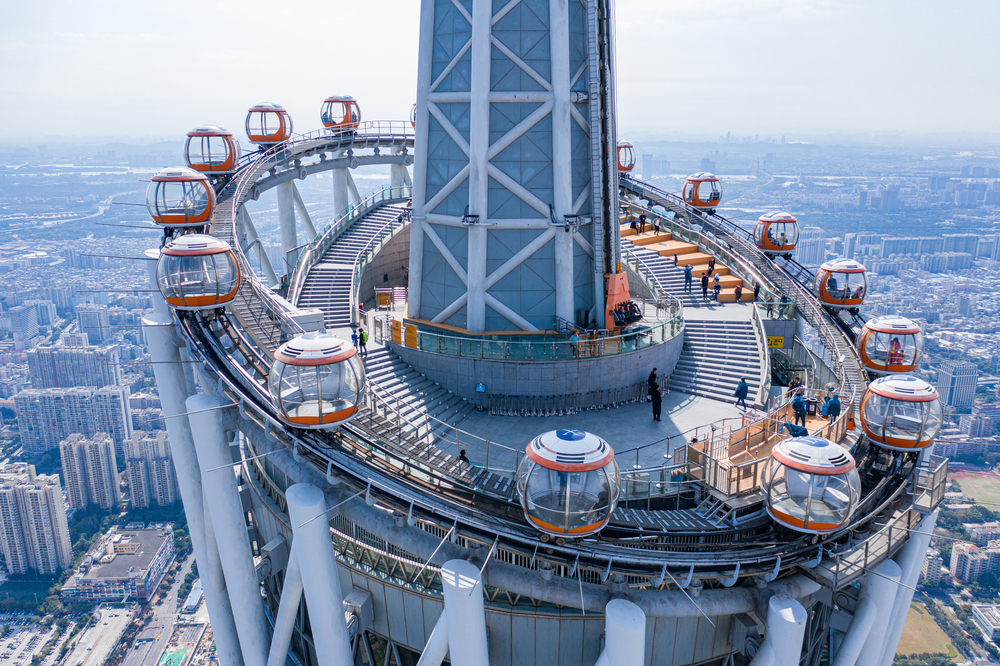
At 1,440 feet, Guangzhou’s Canton Tower features a unique twisted form that sets it apart from traditional skyscrapers. Two elliptical forms rotating together create the tower’s hyperboloid structure.
Its latticed steel structure supports an exterior lighting system that transforms the tower into a nighttime spectacle.
KK100, China
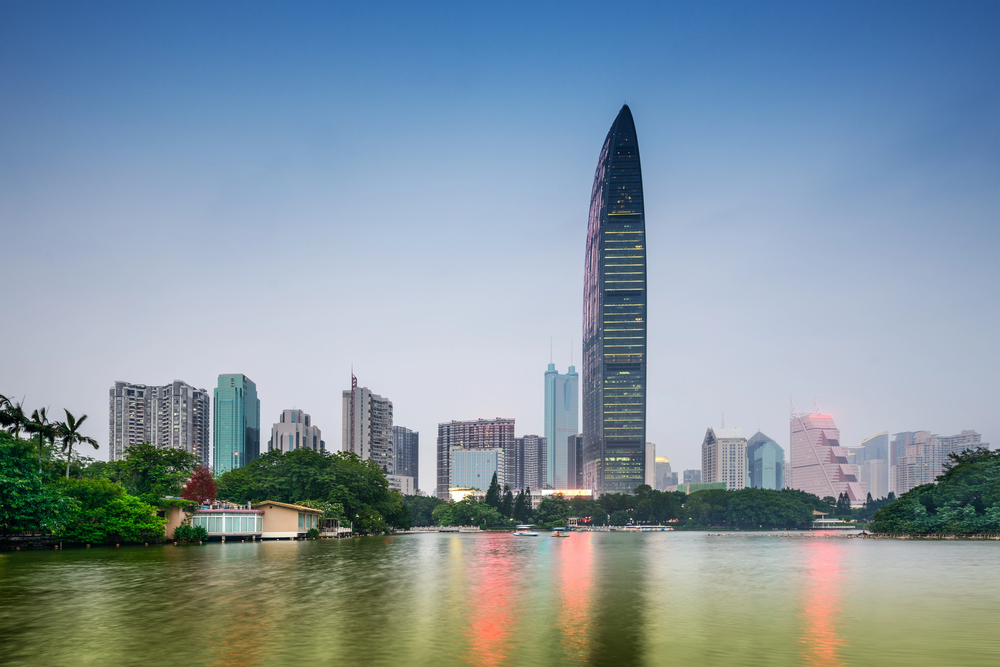
Above Shenzhen, rising 1,449 feet into the air, KK100 stands tall with its curvaceous silhouette and distinctive crystalline facade. The tower’s form responds to both environmental and programmatic requirements while efficiently creating floor plates.
Its sophisticated environmental systems make it a model of sustainable super-tall design.
Like Travel Pug’s content? Follow us on MSN.
The Future of Vertical Cities

These incredible structures stand as testaments to human ingenuity and ambition as we continue to push the boundaries of architectural and engineering possibilities. They remind us that the sky isn’t the limit – it’s just the beginning.
Each tower contributes its unique character to the global dialogue of architectural excellence, inspiring the next generation of designers and engineers to dream even bigger.
More from Travel Pug

- 15 Dangerous European Cities to Avoid
- 15 Caribbean Islands Where Tourists Keep Getting Scammed
- The 20 Most Fascinating Abandoned Places: A Journey Through Time and Forgotten Spaces
- 15 Hidden Places in the Smithsonian Museums Locals Love: A Guide to Lesser-Known Treasures
- 16 Hidden Florida Beach Towns That Aren’t Overrun with Tourists
Like Travel Pug’s content? Follow us on MSN.
